Dragonfly species in Monmouthshire: Variable Damselfly

Variable Damselfly (Coenagrion pulchellum) is a scarce damselfly species in Monmouthshire, currently only found at a small number of sites on the Gwent Levels.
The oldest record in our data set is from the Wentlooge level near St Brides, on 29 July 1981 (observers Colin and Ian McLean). Most of the mapped records date from the 1980s, and when the first set of distribution maps from the Monmouthshire 2030 atlas project was released in spring 2023, they contained records from this century from just a single site, the Wentlooge level just southwest of Newport, where it was last recorded in 2011, and it was not known at that stage if Variable Damselfly still maintained a presence here.
In June 2023, it was refound in small numbers on the western Gwent Levels near Peterstone Wentlooge by Steve Preddy, and information emerged about a site on the outskirts of Duffryn, where individuals had been seen from 2020 onwards by Johnnie Rogers. Subsequently, Chris Harris and Gavin Vella found single individuals at a site on the eastern Levels, between Whitson and Redwick. Variable Damselfly was again recorded at the Duffryn and eastern Levels sites in 2024.
Further records from other sites just prior to 2020 are coming to light; an article summarising the status of this species is in preparation and this page will be updated with a more complete account of the current distribution of this species in the county once that is complete.
Some of the older records are from larval surveys, and the identification criteria used at the time are now known not to be totally reliable, so the map may overstate the past distribution in the county to some extent.
Variable Damselfly is often present in low numbers among large populations of the more common Azure Damselfly (C. puella) and so targeted surveys where recorders closely examine all blue damselflies seen may be needed to establish its continued presence. Females of the two species are particularly similar in appearance, with just a single identification feature (the shape of the pronotal shield) which is 100% reliable, and very good views, examination in the hand or sharp photos are needed to assess this.
This is a scarce and localised species elsewhere in Wales too, with scattered populations from Glamorgan north to Anglesey. In England its main distribution is from Somerset east to Kent, north through the Midlands and East Anglia to Yorkshire. A population in Cumbria links with the main Scottish population in Dumfriesshire, and there are outlying populations further north on the Scottish west coast. It is widespread in Ireland, and on the continent occurs from the Pyrenees east to Russia, north to southern Scandinavia and Finland, and south to Italy and Greece; it is also found in Turkey.
